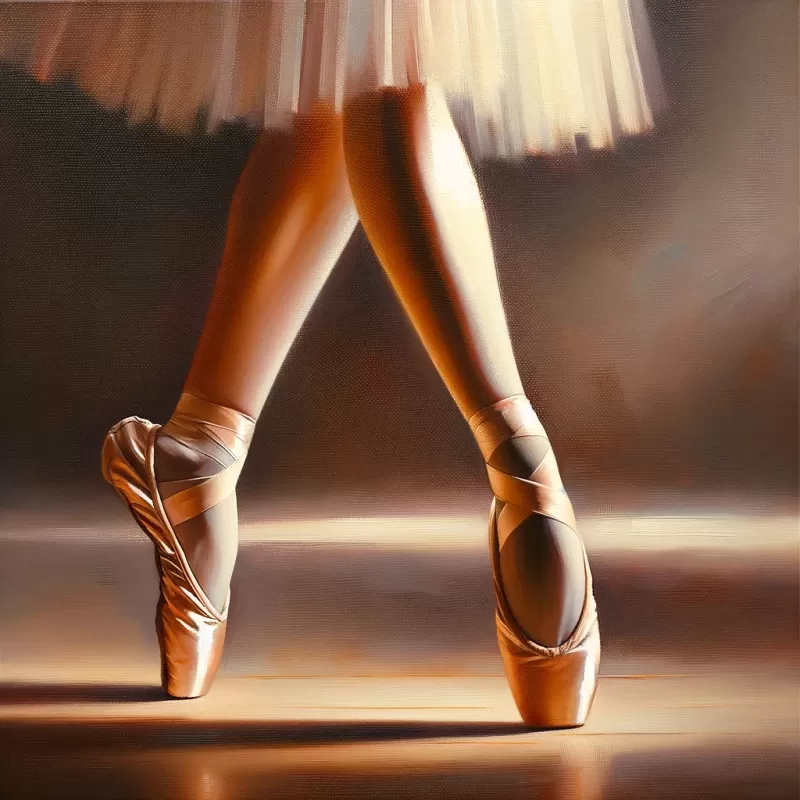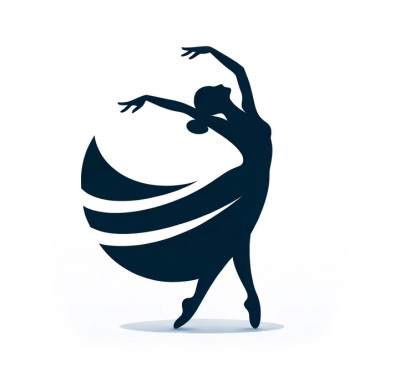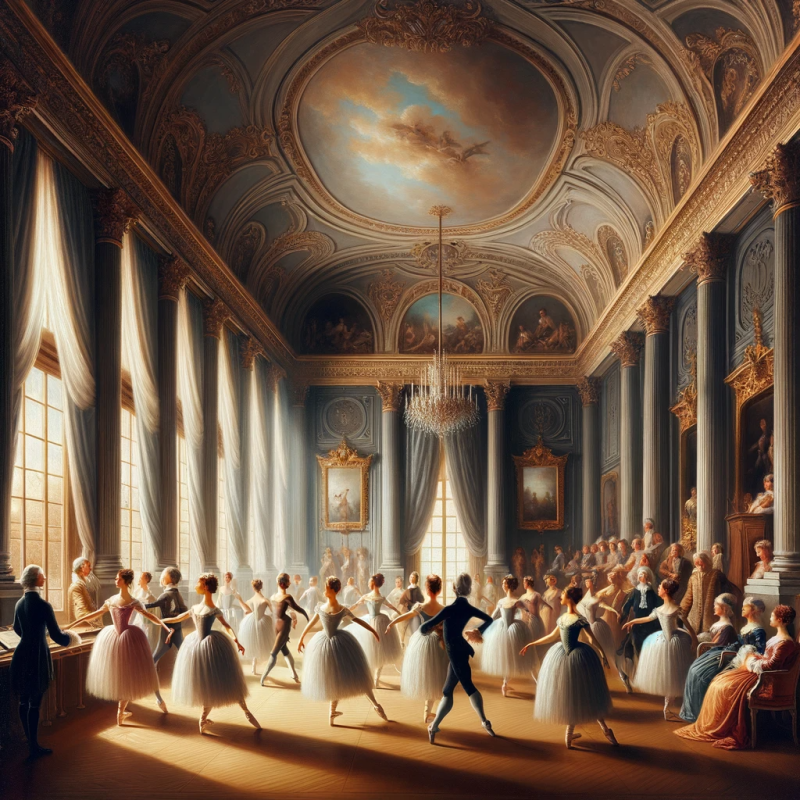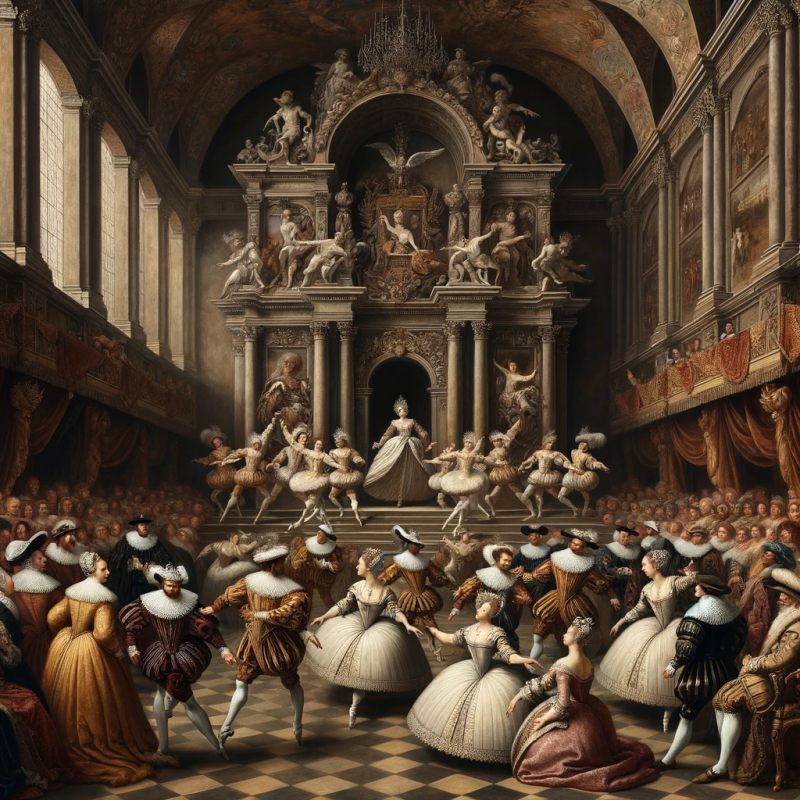Ballet Basics: Understanding the Five Positions
Published on February 7th 2024, 11:20AM
At the heart of ballet lies a foundation built upon five fundamental positions. These positions form the basis of all ballet movements and are essential for anyone beginning their journey into the world of ballet. Whether you're an aspiring dancer, a seasoned performer, or a ballet enthusiast, understanding these positions is crucial to appreciating the art form's beauty and technique.
The First Position:
The first position is where every dancer's journey begins. Heels touch together, toes pointing outward in a straight line, creating a perfect "V." This position is about stability, balance, and the starting point for many ballet movements. It's a posture that symbolizes readiness and the beginning of a dancer's exploration into ballet.
The Second Position:
Expanding from the first, the second position sees the feet separated by a foot's length, maintaining the outward turn. Arms are held out to the sides, curved gently, mirroring the openness and expansiveness of this stance. The second position is often used for side movements and embodies the grace and breadth of ballet's spatial use.
The Third Position:
In the third position, one foot is placed in front of the other, with the heel touching the middle of the other foot, forming a partial "T." Arms are held in one of several ways, either both curved with one above the head and one extended forward or with one arm curved to the side. This position introduces the concept of crossing and intertwining, a theme that recurs throughout ballet choreography.
The Fourth Position:
A step forward from the third, the fourth position is characterized by one foot being placed approximately twelve inches in front of the other, both turned out, with the weight evenly distributed between them. Arms mirror this forward movement, with one arm extended forward and the other to the side or above the head. This position is a precursor to many dynamic movements in ballet, offering a balance between stability and motion.
The Fifth Position:
The pinnacle of the five positions, the fifth position, requires the feet to be tightly crossed, with one foot in front of the other, toes pointing in opposite directions so that the heel of one foot touches the toe of the other. Arms are raised above the head, curved gracefully. This position is the most challenging due to its demand for flexibility and balance, embodying the precision and elegance of ballet.
Conclusion:
The five positions of ballet are more than just steps; they are the language through which ballet speaks, expressing emotions, telling stories, and creating beauty through movement. Mastering these positions opens up a world of possibilities, allowing dancers to convey the depth and richness of ballet's artistic tradition. Whether on stage or in the studio, these positions are the foundation upon which the magic of ballet is built, connecting dancers to the centuries-old tradition of this exquisite art form.





Comments (0)